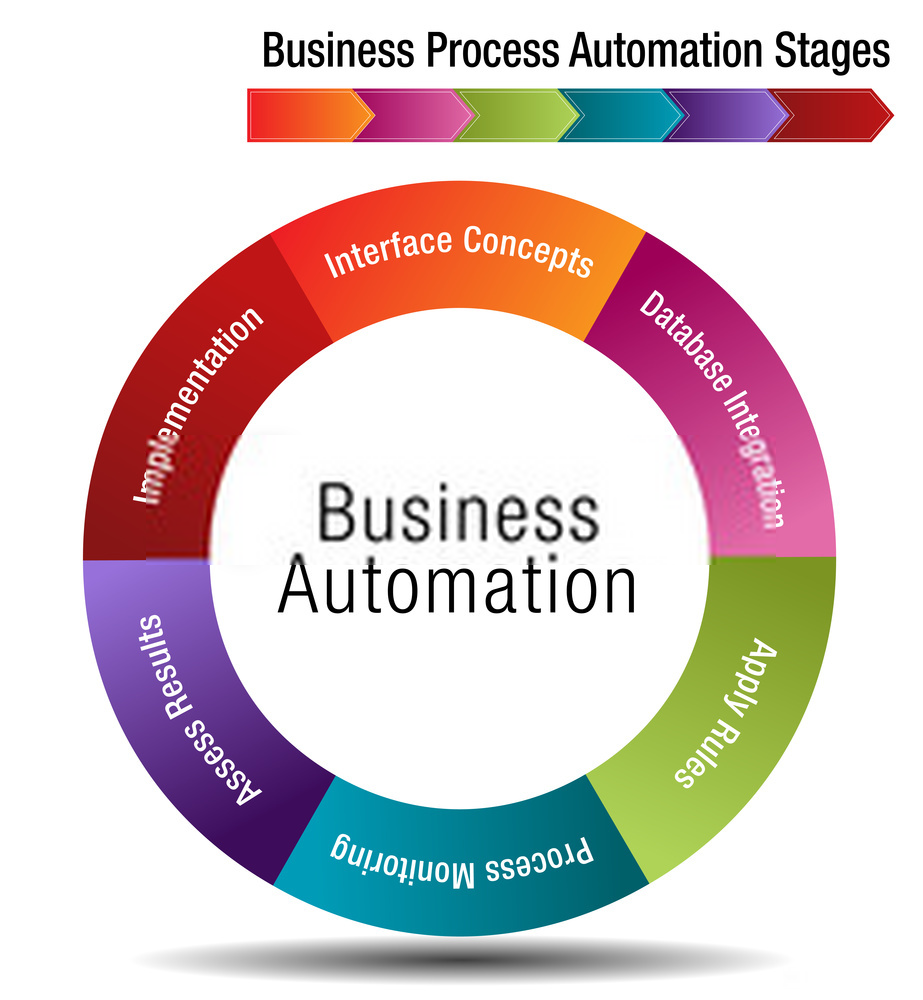
Every business requires a lot of effort to be run efficiently. Several complex processes need to get assimilated in their functions and integration of those processes leads to the development of hitch-free operations. There are two types of processes in business operations; one, the repetitive, mundane jobs that only need practice and the latest information, and secondly, the jobs that need actual human intervention to get completed. The good news is that there are now digital functionalities that can complete these processes by ease. This process is called Business Automation
What is Business Automation?
Business automation (BA), also known as business process automation an or digital transformation is the technology-enabled automation of complex business processes. it consists of integrating applications, restructuring labor resources, and using software applications throughout the organization. BA’s can be implemented in a number of business areas including marketing, sales, and workflow. Toolsets vary in sophistication, but there is an increasing trend towards the use of artificial intelligence technologies that can understand natural language and unstructured data sets, interact with human beings, and adapt to new types of problems without human-guided training.

Stages in Business Automation
Why should you Automate your Business
Here are some compelling reasons to automate your business processes.
- Stepping stone to digital transformation: Digital transformation can seem like a lofty overwhelming goal to organizations that aren’t on that path. Business process automation can be a stepping-stone to adopting that culture of continuous transformation. You can start with a few processes that are clearly in need of course correction and gradually work your way up.
- Clarity: Automation necessitates a certain amount of clarity about the process right at the designing stage. If you don’t know the tasks involved and the people responsible for running the process, you can’t design and automate the workflow accurately. Further, process mapping can provide clarity to all employees and serve as a training resource as well. The insights you gain from analyzing an automated process can clearly show you the gap between your process as is and as it should ideally be.
- Streamlined processes: One of the great outcomes of the process automation system is streamlined processes. Clear accountability, customizable notifications, valuable insights, and faster turnaround times make it easier to eliminate wasteful activities and focus on enhancing tasks that add value.
- Compliance: With business process automation, every detail of a particular process is recorded. This information can be presented to demonstrate compliance during audits.
- Standardization of operations: When you automate a business process, you can expect a consistent standard of outcomes every time. Standardization helps to position your organization as reliable, which in turn can help increase your customer base.
- Customer satisfaction: Customer satisfaction is a key differentiator in any industry. Focusing on process and operational excellence helps you exceed customer expectations with ease. When you consistently meet promised standards, customers are more likely to develop a preference for your company.

